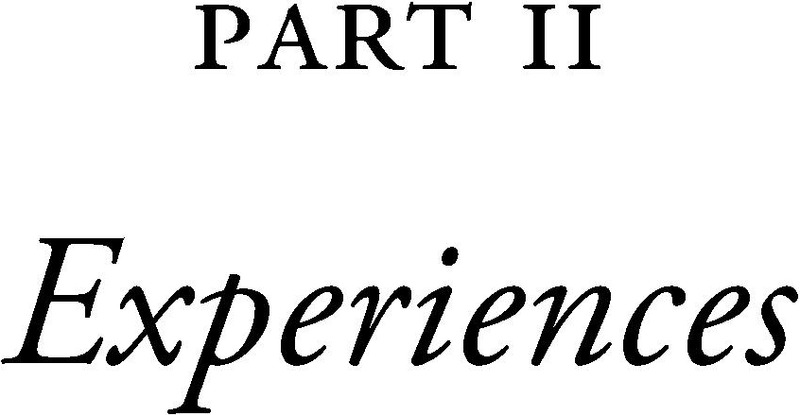Book contents
Part II - Experiences
Published online by Cambridge University Press: 16 May 2024
Summary

- Type
- Chapter
- Information
- Supporting College Students of Immigrant OriginNew Insights from Research, Policy, and Practice, pp. 109 - 246Publisher: Cambridge University PressPrint publication year: 2024



